 PHOTO: Supplied
PHOTO: Supplied
Addiction nearly killed me
FIRST HAND ACCOUNT: When I came out recently about my gambling past, one of the most common responses I got from people is, “you don’t look like a gambler!”
What does that even mean? What does a gambler look like? Well, in my case a gambler looks like a 36 year-old mother of six.
I guess from an early age I had a fascination with winning money and I thought that it was somehow the answer to life’s struggles. I would hear family members talking about lotto, I would get “scratchies” in birthday cards and of course, if we ever went to a club I would walk past the “Pokies” and think “Wow! I would love to be able to play them!”
The subtle and not-so-subtle ways in which gambling is almost intrinsically woven into Australian culture is appalling.
As a teen, my boyfriend at the time loved gambling in all its forms and because I wanted to be around him I quickly joined in. I will never forget that first win. I put in $20 and won $100. ‘Wow!” I thought, why would anyone do anything else?
I was in awe of this amazing machine that I thought had the capacity to make all my desires come true. Slowly, I began to gamble more and more and sit there longer and longer in order to replicate that rush I got from turning the money I had into more.
This behaviour continued; I would go before work, after work, in lunch breaks, on nights out and days off. It’s easy to see now why some people call Pokies the “crack cocaine” of gambling. I was hooked.
At the time I don’t think I realized the devastating financial effect it was having on me. I was still living at home and mum and dad were supporting me, so I looked at the money I was getting from my receptionist job as disposable income I could do whatever I wanted with.
The threat of homelessness or starvation was never a reality for me. I got paid $1,500 a month and some months that would be gone by close of business on payday. Then I would borrow money from mum or one of my siblings to get by for the month.
I should have gotten help then, but I didn’t even know there was help for that kind of thing. I didn’t know that, left untreated, my addiction would worsen and even linger dormant for periods of time, waiting to resurface when money, time and opportunity aligned.
My life had started to spiral in a very bad direction and I was too afraid to tell my family just how bad it was. All of a sudden, my world took a very sudden turn in the other direction when I met a young guy who was unlike anyone I had ever known. I broke up with my gambling boyfriend and after a few months Phil and I started dating. We got engaged and married within a year.
We were 20 when we got married and had our first baby at 21. When we were expecting our second child at 23 and building our own home, the stress and pressure on me rose to boiling point; I buckled, and old ways of coping resurfaced — and then what also returned was the shame, guilt and regret.
My husband’s depression that he had also struggled with in his youth had also made its way into our marriage and from that point forward we were both dealing with pain.
He could never understand the hold and pull the machines had over me and I thought that because he withdrew and kept piling all the stress on me that he didn’t care about me.
The horrible rollercoaster of self loathing and disappointment continued for 12 years until I was so completely exhausted from trying to keep up the façade that I was fine and I wasn’t an addict.
I struggled for such a long with that word and what nearly killed me was the phrase “once an addict always an addict”.
I had wished so many times that it had been a drug or an alcohol issue because then people would have seen and I wouldn’t have been able to hide for so long.
Even the people that I did let in didn’t know how to help me. People thought that if I wasn’t in a venue then it wasn’t affecting me, but it was. I could see the pokies in my dreams, hear the sounds that they played and there was the grip of fear and anxiety every time the phone rang, worrying if I was about to be discovered.
I was so afraid of people finding out, I told my husband that if anyone did I would kill myself.
I got to the point that I could no longer bear the thought of living rest of my life perpetually disappointing all who loved me.
In 2012 aged 32, I almost took my life. I sat for 8 hours crying on the tool, the sounds of other machines all around me, just staring at the machine that had just swallowed the last money I had access to. The nil balance on the screen too much for me to bare. Completely alone and feeling like there was no where to turn, my brain was trying desperately to figure out how to kill myself in such a way that my body could be kept alive in order to let my unborn baby be delivered to term. I loved her so much that I didn’t want anything to happen to her.
I actually loved my life on every level, except that I thought I had made mistakes too huge, that I could never come back from them. I thought that they would all be better off without me, without an addict. After all, “What would people think?”
I had tried to seek help over and over and it had failed, so I lost hope. I lost sight of a future. All I could see was pain — the pain I was in and the pain I could cause.
Uncovering hope was not easy. It started with one simple question: “Name 10 things you like about yourself.” My councillor at the time asked me this question as she could see what no one else had, probably because I hadn’t let anyone else in. She saw a woman who was destroyed in everyway, physically – weight gain and strokes, emotionally – no self esteem and of course financially. When you are emotionally destroyed, that question was the hardest question of my life, but it was also the most vital. I didn’t know it then but rebuilding of one’s self esteem is the cornerstone through which all successful recovery can be built.
The biggest reason why I came out this year about my addiction was because I wanted to shatter the stigmas and judgments that exist and simply step forward as an example of someone who failed, fell, but then stood up and kept going, with a focus to be present in my life to my family and friends and help others in their humanness.
I protected this secret almost to my grave and it would have destroyed all the people around me had I robbed them of the chance to love me through it.
I’m so grateful that I allowed them into my pain and didn’t keep deciding for them what they could and couldn’t handle. I realize now that people will love you or judge you no matter what you do or who you are, and if they choose to judge you, it is their stuff not yours.
Admitting and acknowledging ones weaknesses should be met with support, compassion and encouragement only. Never judgment.
So what does a gambler look like? I guess I very proudly look like a human being.
– By Kate Seselja
Read about Kate’s bid to help others facing similar struggles via The Hope Project here.
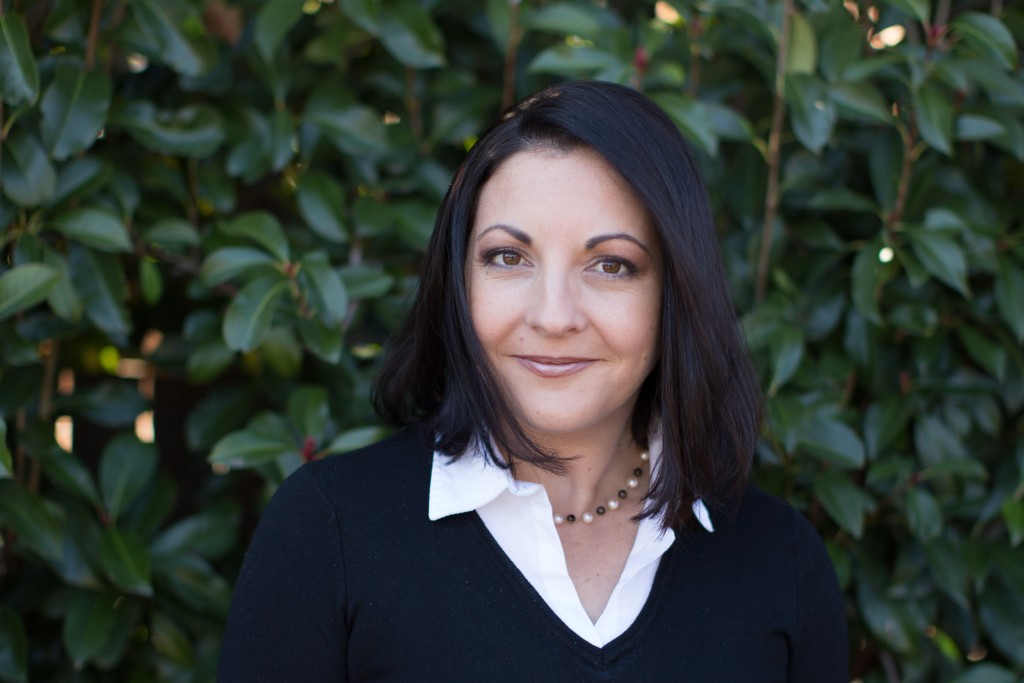
Murrumbateman mother of six Kate Seselja has created The Hope Project after surviving her own gambling addiction








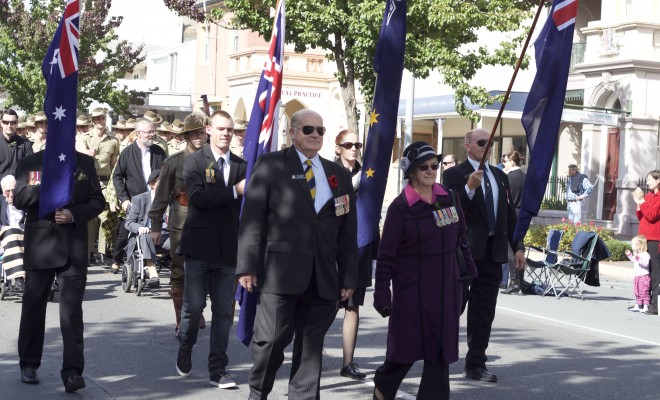
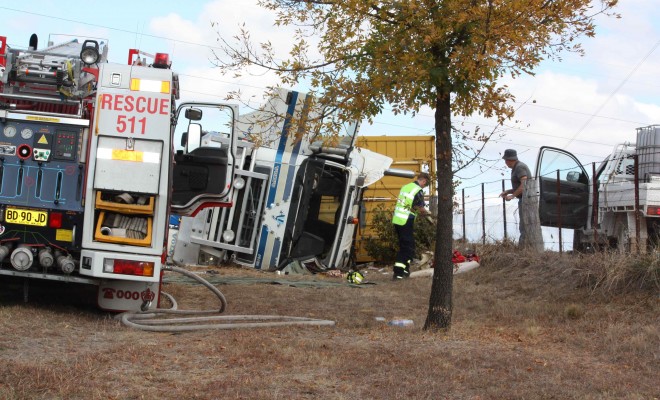
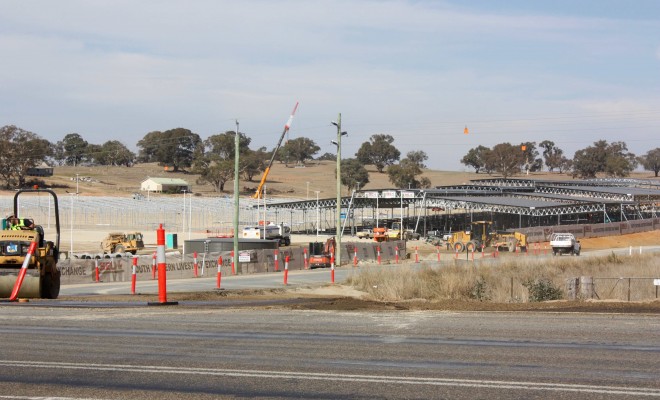
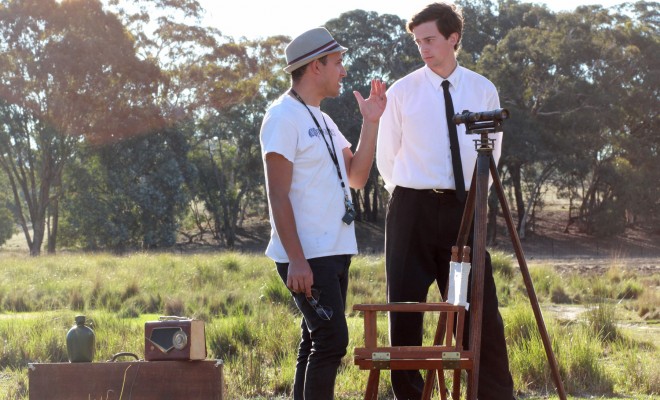




1 Comment